
Summer means ice cream, hikes in the woods, swimming in ponds, running through fields, and, generally having a ball while soaking up the warmth.
All that fun in the sun can have a downside, though. Most people are aware of the more obvious hazards that come with long, warm days—heat stroke, drowning, disease-spreading mosquitoes, fleas and ticks.
But here are some others that may not be on your radar screen:
* “Mean seeds,” is a term that has been coined to refer to foxtails or any number of plants, which include Canada wild rye and cheatgrass, that have barbed grass awns. Dogs may pick up a grass awn on an ear, paw, eye, or nose. They can be particularly dangerous, causing pneumonia, if inhaled. The barbs allow the seed to continuously move forward, spreading bacteria that cause infections. Grass-awn disease is a growing problem among hunting dogs, but any dog could come in contact with these plants. Here are a few measures that might prevent the worst outcome.
- If possible, avoid areas where you see foxtails.
- After walking through any area where foxtails are growing, check your dog for visible seeds, especially between the toes.
- If your dog starts to exhibit strange symptoms of illness, especially sneezing or breathing problems, see your vet and mention that you’ve been in a place where foxtails were growing.
- Learn about the plants and the pathology. A good site is The Grass Awn Project.
* Poison Pond Scum
Algae is a normal part of the ecosystem of ponds, lakes, and other bodies of water. Some varieties of blue-green algae, also known as cyanobacteria, are toxic, causing damage to skin, liver, and the nervous system. The good news is that they are most dangerous in a form called a “bloom,” which is easy to spot. Blooms will have a horrible odor and a distinctive appearance, looking most often like green paint or pea soup, according to the New York State Department of Environmental Conservation. The agency has a photo gallery of toxic and non-toxic green and blue-green algae.
Most people will avoid a dip in a swimming hole that looks like a pot of stinky pea soup, but dogs love that kind of stuff and will dive right in. Here are some tips to prevent blue-green algae poisoning:
Sea Grant New York offers a very helpful brochure on Dogs and Harmful Algal Blooms.
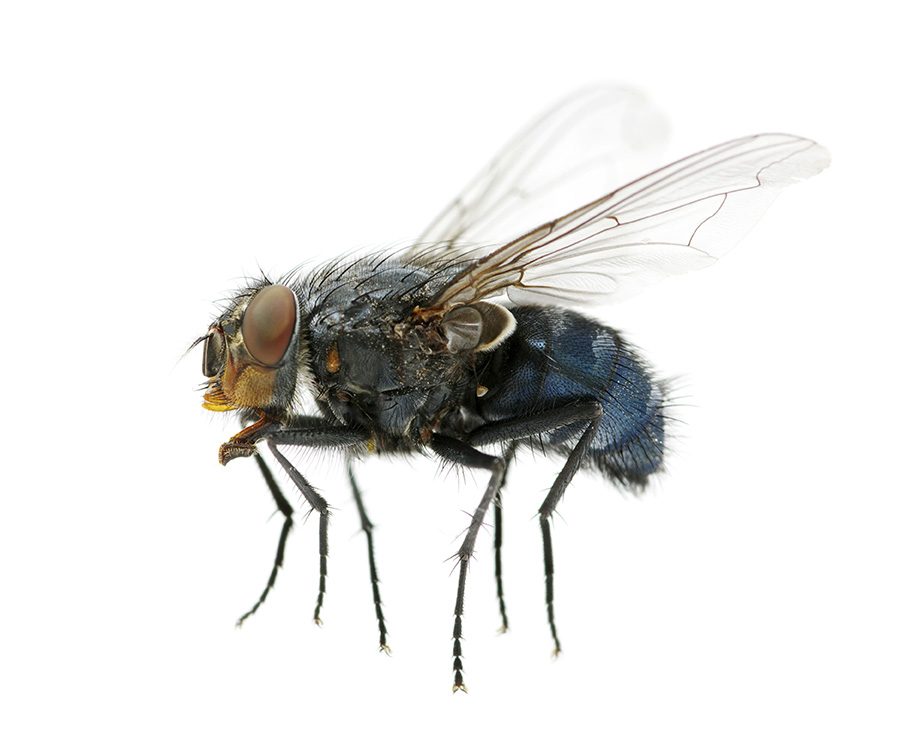
* Myiasis
This is the scientific, and polite, way to describe an infestation of maggots. This is not just a condition of neglected dogs who are tied up outside. It can arise so quickly—less than 48 hours for larvae to hatch and reach a size of about a grain of rice—that it’s not unheard of for well-loved and cared-for pets to get an infestation. Elderly and incontinent dogs, or those with open wounds or bacterial skin infections are most susceptible, because certain odors will attract flies. These will land and lay eggs. When the larvae emerge, they’ll hook on to skin and start to feed, resulting in serious lesions.
The good news is that myiasis in an indoor dog will be quickly detected. The larvae feeding cause considerable discomfort, and they may be visible to the naked eye. If you suspect myiasis, get to a veterinarian as soon as possible. Treatment will include manually removing the maggots, application of a topical insecticide, and oral medication. Prevention is the wisest route and it entails keeping a dog indoors if she has wounds or other obvious conditions that might attract flies. And if you see flies buzzing around your pet, shoo them away.
Related Stories:
http://www.woofipedia.com/articles/poison-proof-your-dog-with-three-commands

Even the most responsible pet owner can’t always protect their pet from a sudden accident or illness. Getting your pet immediate medical attention can be the difference between life and death. Download this e-book to learn more about what to do in an emergency situation.
Get Free Download Now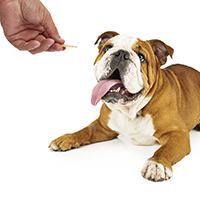 Separation Anxiety in Dogs
Separation anxiety in dogs goes bey
Separation Anxiety in Dogs
Separation anxiety in dogs goes bey
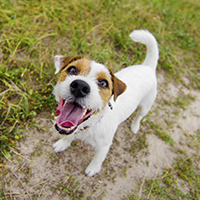 Reasons Why Dogs Eat Poop and How to Stop It
Of all the repulsive habits our can
Reasons Why Dogs Eat Poop and How to Stop It
Of all the repulsive habits our can
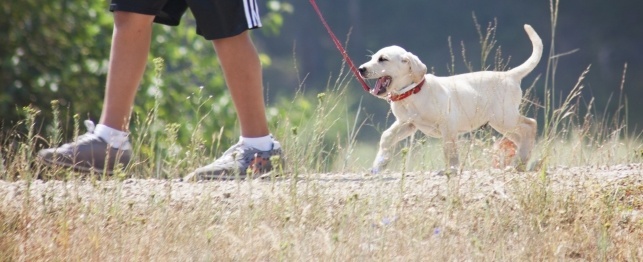 Training Your Puppy
Training Your Puppy
Training Your Puppy
Training Your Puppy
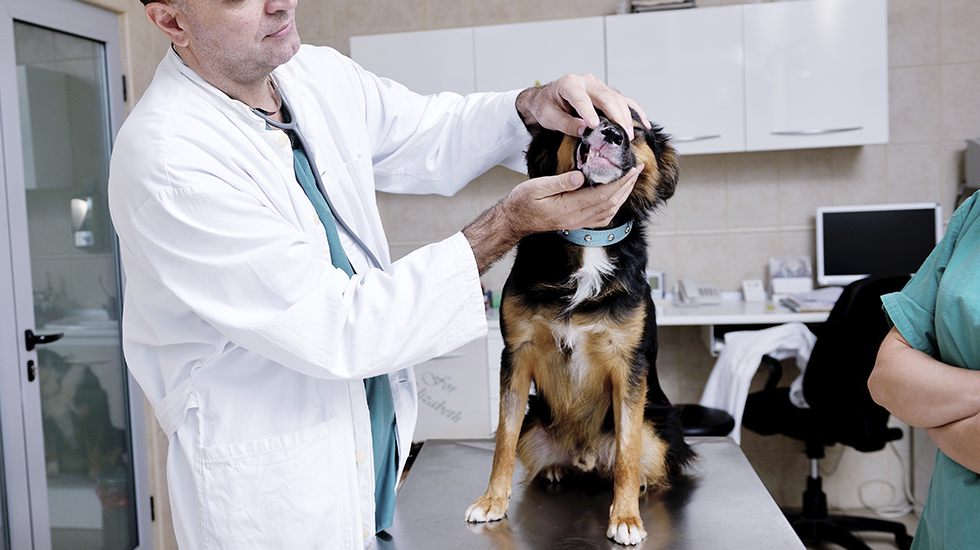 Watch for Signs of Health Problems in Older Dogs
Caring for the Senior Dog
Contrary
Watch for Signs of Health Problems in Older Dogs
Caring for the Senior Dog
Contrary
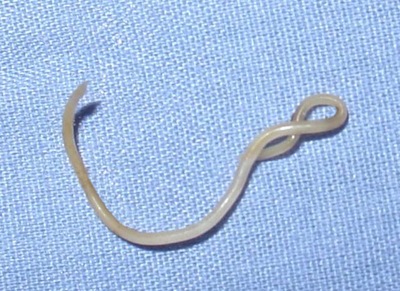 Parasites
Parasites in dogs take many forms,
Parasites
Parasites in dogs take many forms,
Copyright © 2005-2016 Pet Information All Rights Reserved
Contact us: www162date@outlook.com